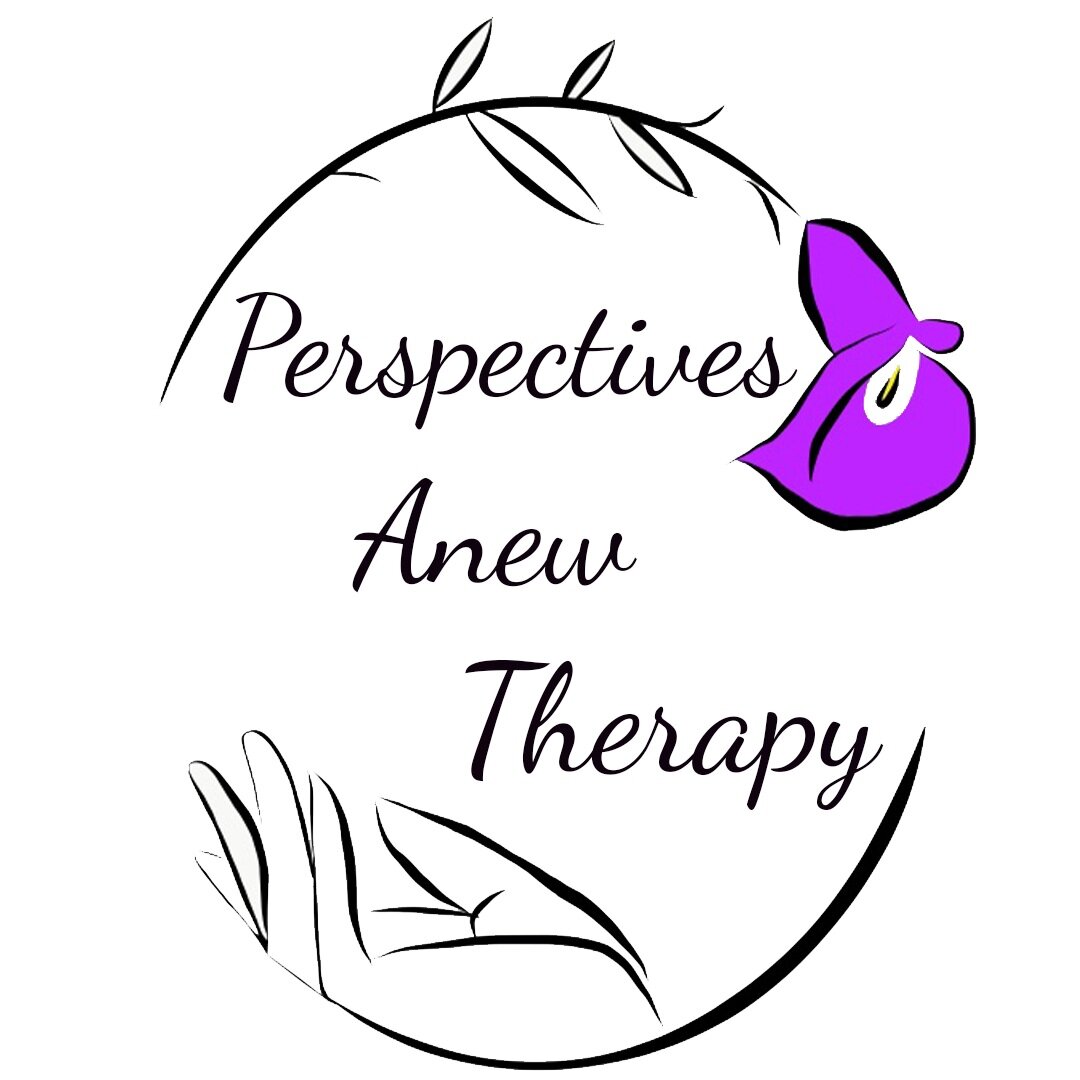October: National Domestic Violence Awareness Month
October has been assigned National Domestic Violence Awareness Month for the past 34 years and is used as a time to acknowledge survivors and be a voice for victims. Domestic violence is seen in every community regardless of age, socio-economic status, sexual orientation, gender, race, religion, or nationality. This form of abuse has systematic patterns of dominance and control, additionally abusers often use emotional abuse to gain even more control over their victim(s). Progress has been made in reducing reported cases of domestic violence, however there are still more than 10 million abuse victims annually in America alone. 1 in 3 women and 1 in 4 men have experienced physical abuse from an intimate partner resulting in millions living in fear within their own homes. Furthermore, children who are exposed to this violence have a long-lasting negative effect on their well-being, social and academic functioning.
Domestic violence is an interrelated pattern using a range of abusive behaviors that increase in frequency and intensity over time. The cycle of violence has three phases with phase one beginning with the abuser picking fights, acting possessive, being critical, and drinking or using drugs. During phase one, survivors may begin to feel like they are walking on eggshells, need to appease or calm the abuse, keep children quiet, and feel afraid and anxious. In phase two, abusers begin to restrain their partner, commit verbal, sexual, emotional, and physical abuse, destroy property, and increase control over their victims finances. During this phase, survivors begin to experience fear and shock, try to flee, protect themselves and their children, and call for help. Phase three is seen when abusers ask for forgiveness, promise to change, stop using substances, seek counseling, act affectionate and intimate, and deny abuse. Survivors during phase three may blame themselves, minimize or deny abuse, forgive, feel manipulated, or feel hopeful. This cycle of phases can happen multiple times within an abusive relationship and can take anywhere from hours or years to complete.
Safety plans are a personalized plan to improve safety while experiencing abuse, preparing to leave an abusive partner, or after leaving an abusive partner. Leaving an abusive relationship is when the survivor is most at risk, so having a safety plan in place can help protect yourself and others in stressful situations. To see examples of safety plans for during an incident, preparing to leave, obtaining a restraining order, being home or outside your home after a separation, and emotional health please visit: https://www.courts.oregon.gov/programs/family/domestic-violence/Documents/DVSafetyPlan.pdf
National Domestic Violence Hotline: (800) 799-7233
Sources: NCTSN, Doorways VA, National Domestic Violence Hotline
